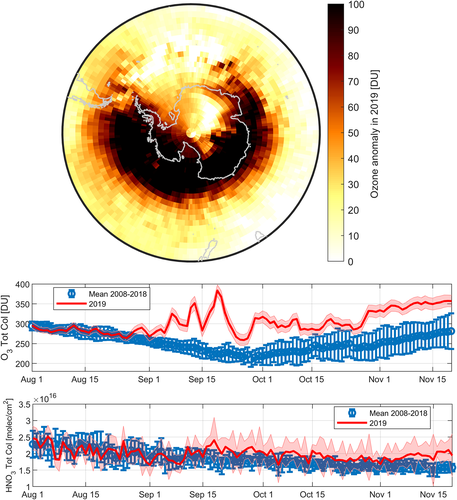Ammonia in Paris derived from ground-based open-path and satellite observations
Ammonia (NH3) is an air pollutant mainly emitted from the agriculture sector with an increasing part from traffic that is highly uncertain in urban areas. NH3 is a highly reactive gas capable of forming fine particulate matter which are harmful for human health. Monitoring NH3 is therefore essential, especially in urban areas such as in […]










